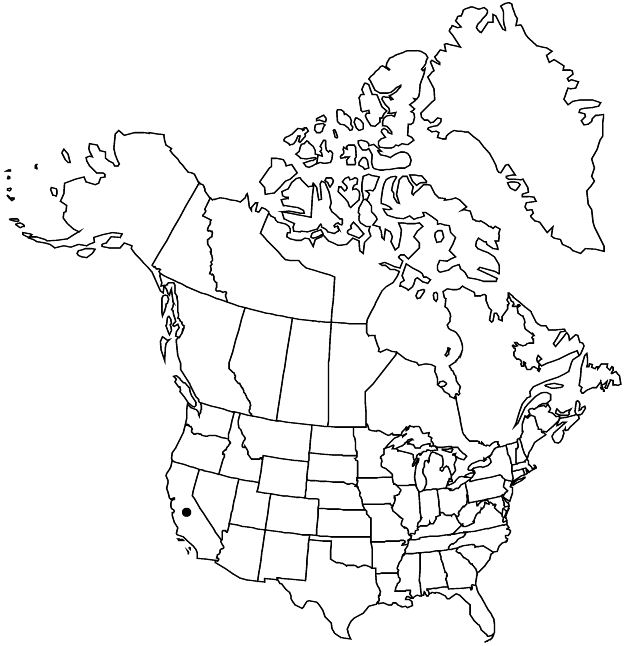Difference between revisions of "Potentilla uliginosa"
J. Bot. Res. Inst. Texas 4: 14, fig. 1. 2010.
imported>Volume Importer |
imported>Volume Importer |
||
| Line 55: | Line 55: | ||
|publication year=2010 | |publication year=2010 | ||
|special status=Conservation concern;Endemic | |special status=Conservation concern;Endemic | ||
| − | |source xml=https:// | + | |source xml=https://bitbucket.org/aafc-mbb/fna-data-curation/src/2e0870ddd59836b60bcf96646a41e87ea5a5943a/coarse_grained_fna_xml/V9/V9_254.xml |
|subfamily=Rosaceae subfam. Rosoideae | |subfamily=Rosaceae subfam. Rosoideae | ||
|tribe=Rosaceae tribe Potentilleae | |tribe=Rosaceae tribe Potentilleae | ||
Latest revision as of 22:55, 5 November 2020
Plants rosetted to tufted; taproots not fleshy-thickened. Stems probably prostrate to decumbent, or ± ascending in supporting vegetation, 2.5–5.5 dm, lengths 1–2 times basal leaves. Basal leaves pinnate with distal leaflets ± confluent, 15–32 × 2–4 cm; petiole 5–10(–15) cm, straight hairs absent or sparse to common, appressed, 0.5–1.5 mm, stiff, cottony hairs absent, glands absent or sparse; primary lateral leaflets 6–10(–12) per side (irregularly paired), on distal ± 1/2 of leaf axis, loosely overlapping to proximally separate, largest ones cuneate to flabellate, 1.2–2.2 × 1–3 cm, ± whole margin unevenly incised 3/4 to nearly to midvein, ultimate segments (3–)5–10(–15), linear to narrowly oblanceolate, 5–17 × 1–2.5 mm, apical tufts less than 0.5 mm, surfaces green, not glaucous, straight hairs sparse (often glabrate adaxially), appressed, 0.5–1(–1.5) mm, stiff, cottony hairs absent, glands absent or sparse. Cauline leaves 2. Inflorescences 6–10-flowered, very openly cymose. Pedicels 1–6 cm, ± recurved in fruit. Flowers: epicalyx bractlets narrowly elliptic to oblong-ovate, 4–6 × 1–2.5 mm; hypanthium 5–6 mm diam.; sepals 4–7 mm, apex acute; petals 6–10 × 5–8 mm; filaments (1.5–)2–3 mm, anthers 0.7–1.2 mm; carpels ca. 10, styles 2.5–3.5 mm. Achenes 2–2.6 mm, smooth, ± carunculate.
Phenology: Flowering spring–summer.
Habitat: Permanent oligotrophic wetlands
Elevation: 30–40 m
Discussion
Of conservation concern.
Potentilla uliginosa is known only from a handful of historical collections from Cunningham Marsh, one of three wetlands in southern Sonoma County that harbor a suite of disjunct and regionally rare species (B. C. Johnston and B. Ertter 2010). Although previously included in P. hickmanii, P. uliginosa differs in having woodier caudices, longer stems and leaves, and more deeply incised leaflets occupying less of the leaf axis. Potentilla uliginosa is presumed extinct; however, a morphologically comparable collection of the P. millefolia complex from Josephine County, Oregon (Deer Creek, near Selma, 14 June 1929, Applegate 5735, UC), opens the possibility of additional undiscovered populations in the mountains of northwestern California.
Selected References
None.
